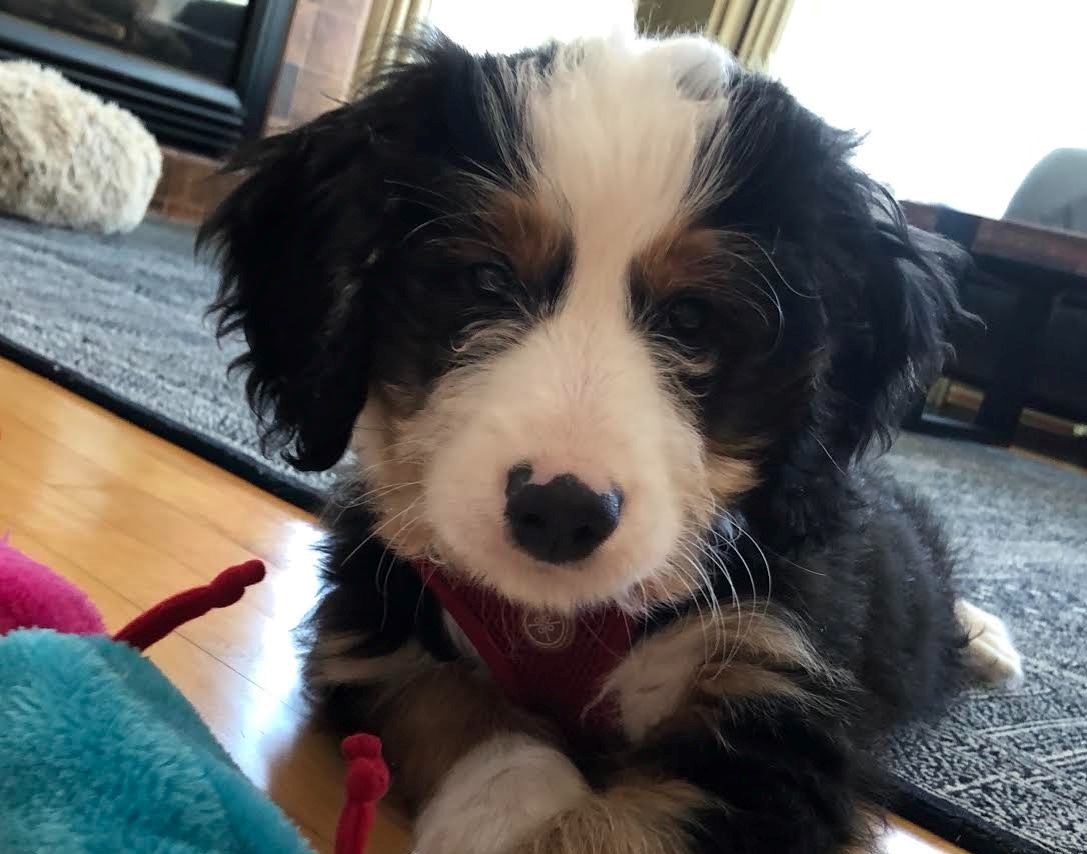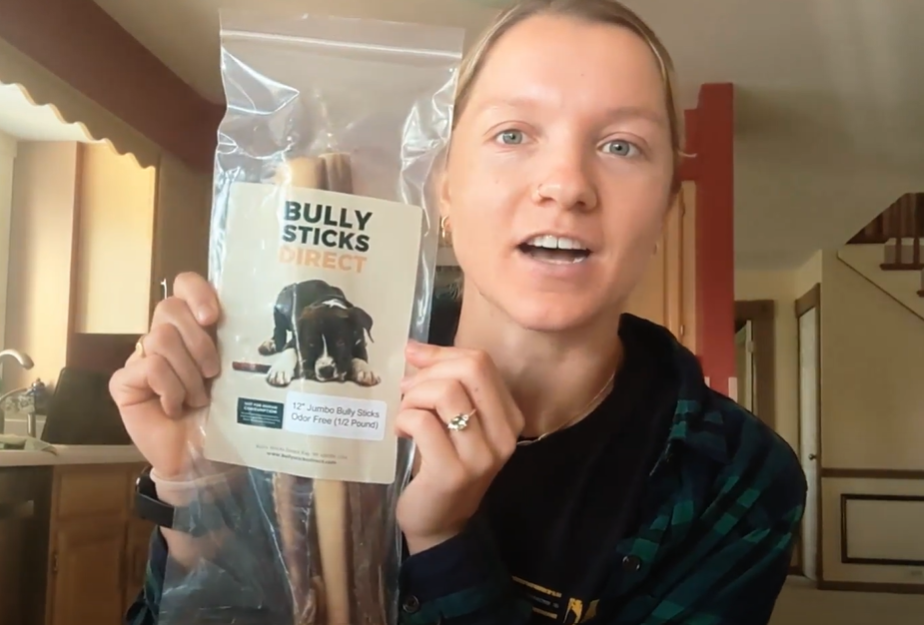Getting a new puppy is always an exciting moment for a family. Once you get the new bundle of joy home, you might be wondering, “What did I just get myself into?” Don’t worry, this is a common sentiment and there are a few simple things you can do from day one to make sure you get off on the right foot.
Our training style at Suburban K9 is similar to the way that many people raise their children. We reward dogs for good behavior by utilizing both verbal (good boy) and physical praise (petting the head, rubbing the ears, etc.). When a dog makes a mistake we want to let them know that they have done something wrong. When correcting bad behaviors you should not be mean or use a very harsh tone. We simply use a stern voice to tell them “no” and then stop the behavior. Click here to learn more about how we correct.
By utilizing this strategy the dog quickly learns what is right and what isn’t, but how do you decide what is right and what is wrong? When we start with a very young puppy, we encourage people to worry about the dog behaviors instead of obedience commands such as sit, down, and stay. It doesn’t matter how great a dog is at sitting if he still has undesirable behaviors such as howling in his crate or relieving himself all over the house.
1. Determine House Rules
Sit down as a family (you can even do this prior to getting the dog) and determine what your household rules are. It is important that every family member agrees on the rules and knows how to enforce them. There are certain rules that I would always enforce. The puppy should never be allowed to nip or have his teeth on human skin, never be allowed to jump on guests, and never be allowed to bark at children. Some other common things to consider, will the dog be allowed on furniture, in beds, to jump on family members, to eat food that has fallen on the ground, or to bark at strangers? Once you have your list of house rules, you must make sure that you actually enforce them. When the dog does something that is against the rules, simply tell them “no” and then stop them. You do not need a different word for each rule. By only utilizing a single word the dog will quickly learn it’s meaning. If the dog is too worked up and refuses to stop you can utilize the heel command to calm them down. Click here to learn more about heel.
2. Socialize Your Dog
Socializing your dog is of the utmost importance. We want a young dog to experience as many situations as we can. This way the situations will not be foreign to the dog later in life. Click here to learn more about socializing your dog.
3. Make the Dog Part of Your Family
Try to involve your dog in as many of your family activities as you can. This will not just help with socializing them, it will also help them build a bond with your family. Keep the dog around you while you do chores around the house, take the dog to your kids soccer games, and try to include them in as many activities as you can. Many dogs become bored with their day to day life and start to act out. Click here to read more about dealing with bored dogs.
4. Utilize a Crate
Crate training your dog will help keep your puppy safe while you are home and while you are away. A young puppy is inclined to get themselves into trouble until you have established your house rules. During the younger months it is important that you are always watching over your puppy. This will ensure that they aren’t chewing on things that might be dangerous to them. If you cannot keep an eye on your puppy, place them in the crate while you are busy, and them let them out when you are done. This will help prevent your puppy from getting hurt or learning bad behaviors. Additionally, the crate will help with your potty training. Click here to read more about potty training a dog.
For help with your new puppy, a house call is generally the best training option that we have available.
Matt Covey
Founder
Suburban K9



